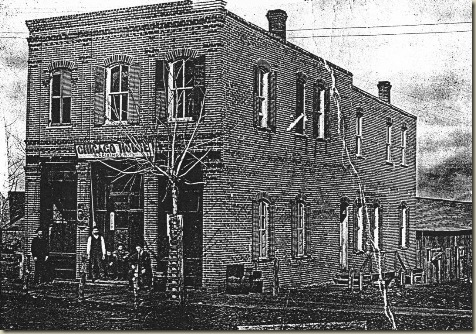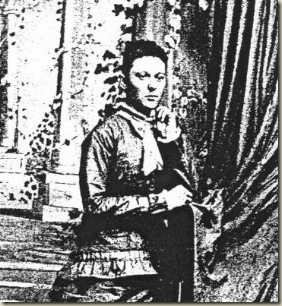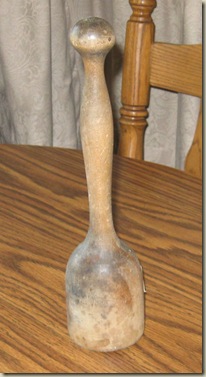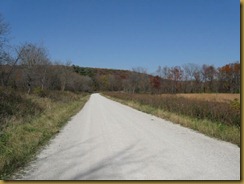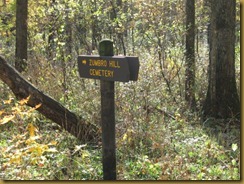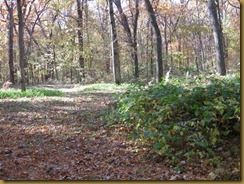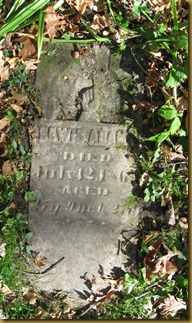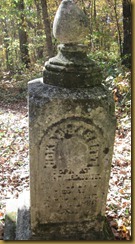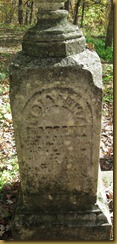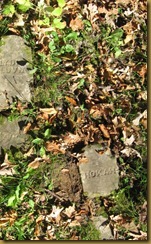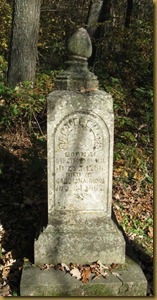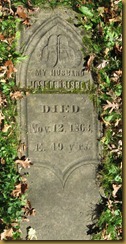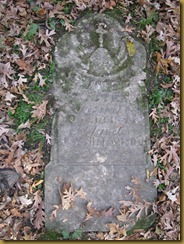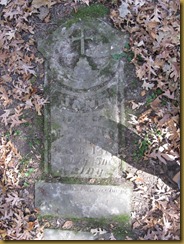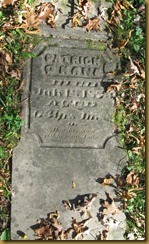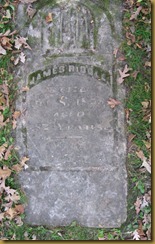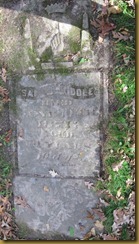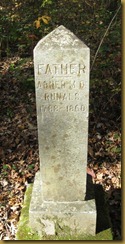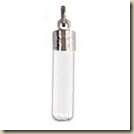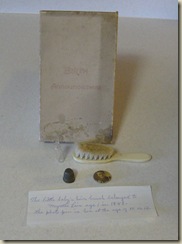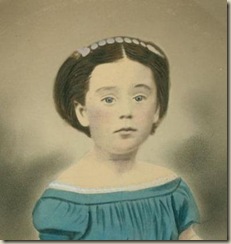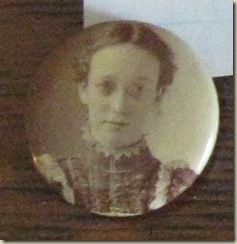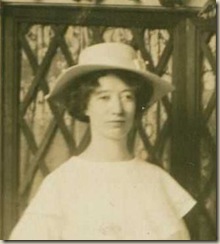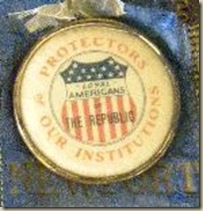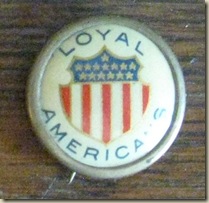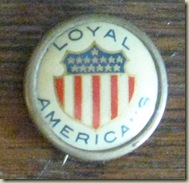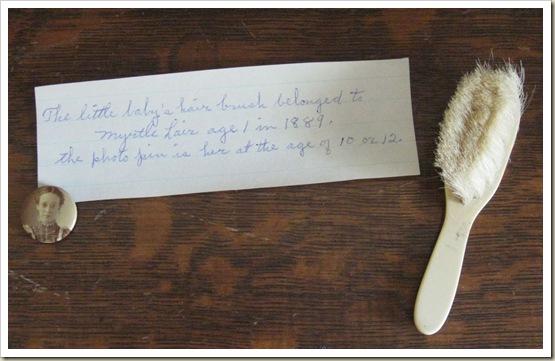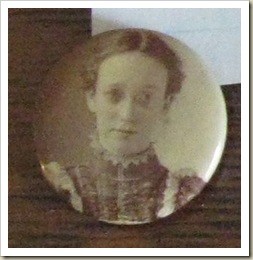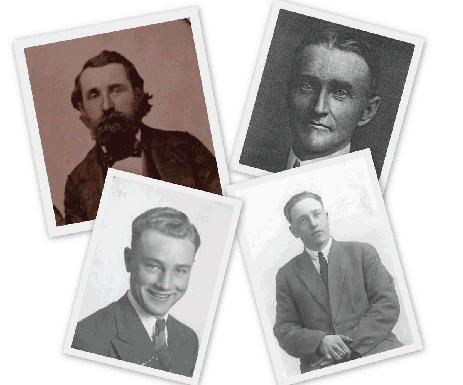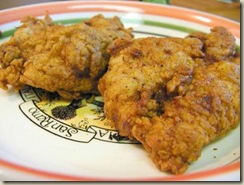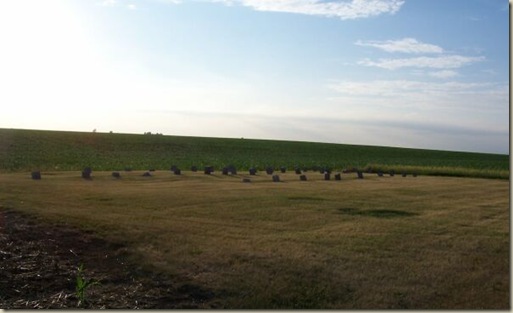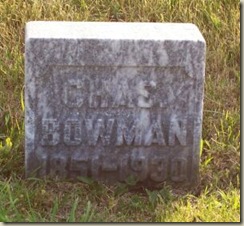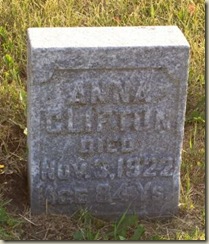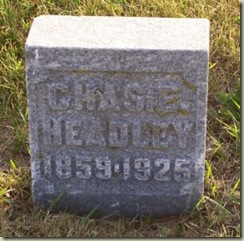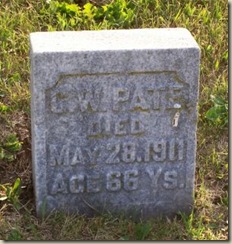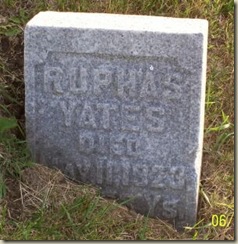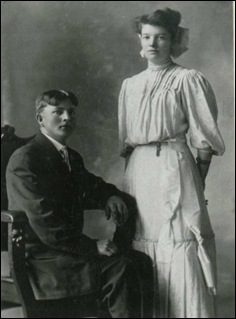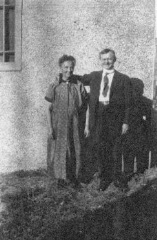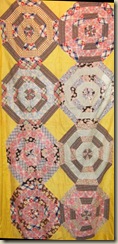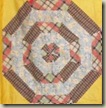
Such was our “quick” day trip to New Ulm, in Brown county, Minnesota. We were actually going there to do some research on my husband’s Ulmer relatives, but his great-grandfather Conrad Schlechter and Conrad’s second wife Mary Fischer Schlechter, from another branch of his family, were buried there as well. After the death of Conrad’s first wife in South Dakota, he left his family and moved to New Ulm, where he met and eventually married Mrs. Fischer in 1922.
As I mentioned, we had a photo of their graves, and by looking at the background details, were able to zero in on its location rather quickly. I snapped a few pictures of my own, we paid our respects, and on the way back to the car it occurred to me to check the back of the stone, just in case there was a verse or something special on it. What I found befuddled me.
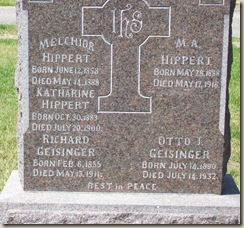
Melchior Hippert, 12 June 1858 – 14 May 1888
Katharine Hippert, 30 Oct 1883 – 20 July 1900
Richard Geisinger, 06 Feb 1855 – 13 May 1911
M. A. Hippert, 28 May 1888 – 17 May 1918
Otto J. Geisinger, 14 July 1890 – 14 July 1932
In addition, there was a small, flat stone on either side, one that read “Otto J. Geisinger, July 14, 1890 – July 14, 1932” and one that read “Mother.”
Mary was born in 1862, and died in 1938. Who were the Hipperts? And the Geisingers? I had not heard these surnames before. Were they friends from Germany? Perhaps Mary’s siblings? Why were they all buried together?
We went to the library, and I immediately began looking at census records while my husband looked through the surname file for these new names. In the next few hours, we learned that Mrs. Mary Fischer Schlechter was born Mary Dauer, daughter of Mr. and Mrs. Lorenz Dauer. She first married Melchior Hippert (1858-1888); their children were Katharine (1883-1900), Dora (1885-?), and Melchior A. (1888-1918). The year after Mr. Hippert’s death, she married Richard Geisinger (1855-1911) and had one son: Otto J. Geisinger (1890-1932). After Mr. Geisinger’s death, she married Carl Fischer. Whether this marriage ended in Mr. Fischer’s death or divorce is currently unknown. She then married Conrad Schlechter.
Besides being able to put together the pieces of this family puzzle, we learned that the Geisinger’s operated the Chicago House hotel in New Ulm, and we obtained a photo of it. In addition, we acquired a photo of Mary Dauer Hippert Geisinger Fischer Schlechter (whew!).
The Chicago House Hotel, New Ulm, Minnesota
Mary Schlechter
The new information and photos were great, but the most valuable thing I received that day was a lesson – taking the time to consult the original, whenever possible, be it a book, document, or gravestone, is crucial. It may not always pay off in a wealth of new information, but then again, it just might.

